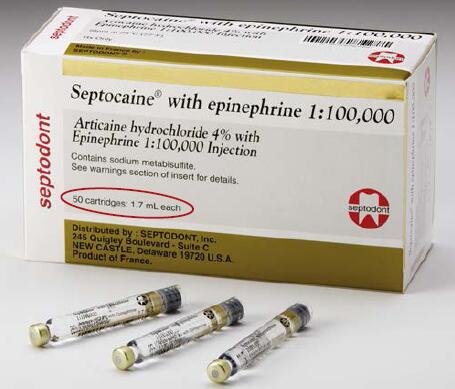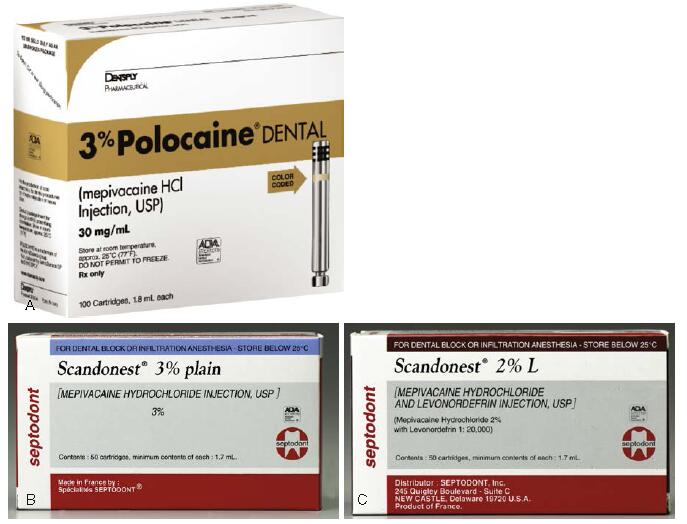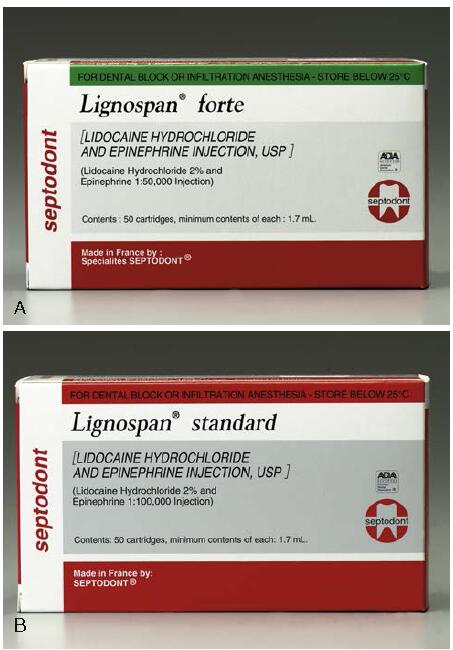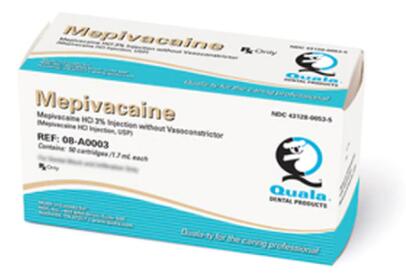Anesthetics
More
Less
An anesthetic (American English) or anaesthetic (British English; see spelling differences) is a drug used to induce anesthesia ?— ?in other words, to result in a temporary loss of sensation or awareness. They may be divided into two broad classes: general anesthetics, which result in a reversible loss of consciousness, and local anesthetics, which cause a reversible loss of sensation for a limited region of the body without necessarily affecting consciousness.
Bupivacaine hydrochloride--Metabolism, Excretion, Pediatric use and recommended dose
Oct 15,2020
Anesthetics Articaine hydrochloride--Potency, Toxicity, Metabolism, Excretion, Pediatric use and recommended dose
Oct 13,2020
Anesthetics 








